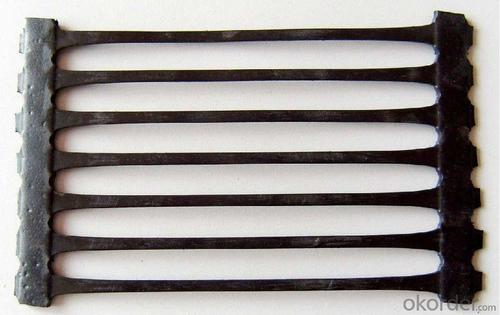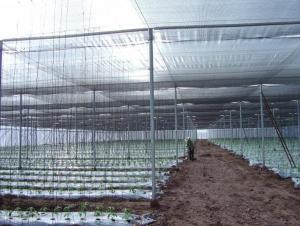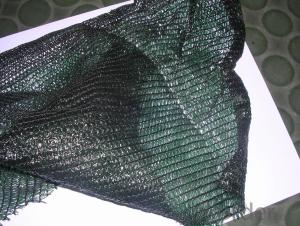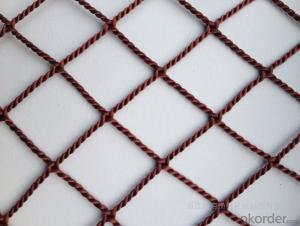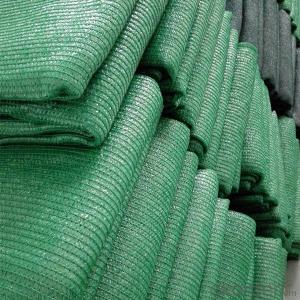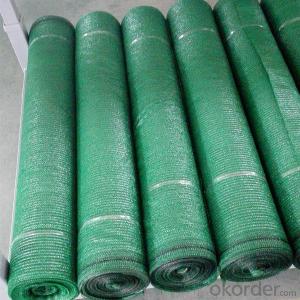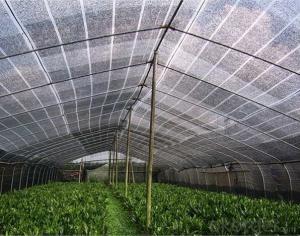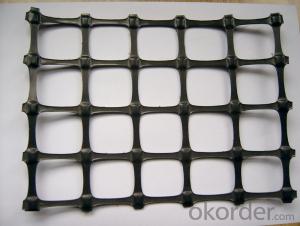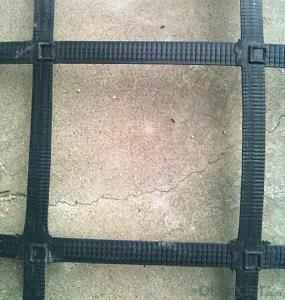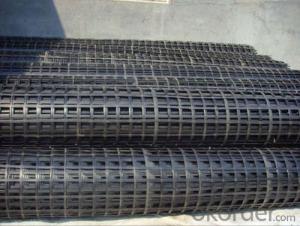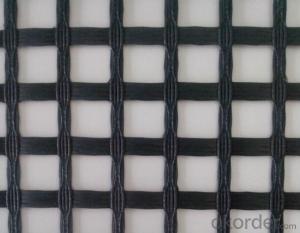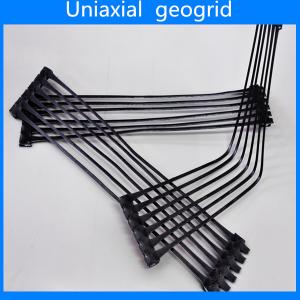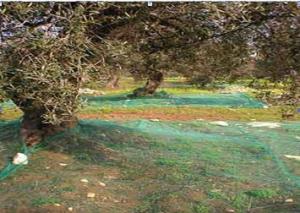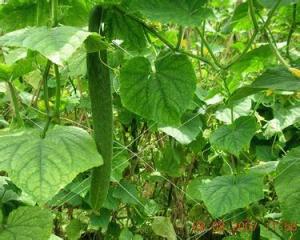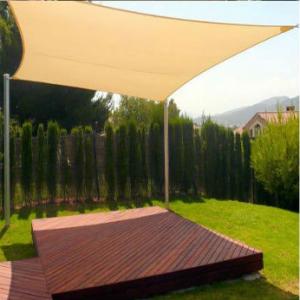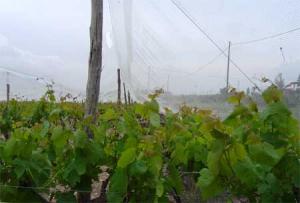Ocean Plastic Fishing Nets Uniaxial Geogrid 20-20KN
- Loading Port:
- China Main Port
- Payment Terms:
- TT OR LC
- Min Order Qty:
- -
- Supply Capability:
- -
OKorder Service Pledge
OKorder Financial Service
You Might Also Like
Uniaxial Geogrid
It is is a smooth high density proethylene(HDPE) Geogrid manufactured with the highest quality . This product is used in applications that require excellent chemical resisitance and endurance properties.
Properities of Uniaxial Geogrid :
High strength , Good flexibility, anti-aging, resisting acid and Alkaline.
Usage of Uniaxial Geogrid :
Make reinforcement for various kinds of soil foundation enhance and improve bearing ability if the roadbed .make reinforcement for retaining wall, steep slope, dam and bridge abutment under stress status for long term thus to improve quality and prolong service life of the project .
Specification of the Uniaxial Geogrid
TGDG35 TGDG50 TGDG80 TGDG110 TGDG120
Width : <= 2.5m
Length : 50—100m
Color : black
Packaging : Each roll is wrapped in a woven bag then into container Or Packed as customers' requests.
Production periods: within 15 days after receiving the deposit
- Q: Are plastic nets used for sports netting?
- Yes, plastic nets are commonly used for sports netting.
- Q: How do plastic nets help in preventing animal damage to garden structures?
- Plastic nets act as a barrier, effectively protecting garden structures from animals by creating a physical barrier that prevents them from accessing and causing damage to plants or structures.
- Q: How do plastic nets affect air circulation?
- Plastic nets can hinder air circulation by creating a barrier that restricts the flow of air. As they are often used to cover and protect plants or objects, they can impede the natural movement of air, leading to reduced ventilation and potentially affecting the growth and health of plants or the overall air quality in closed spaces.
- Q: Are plastic nets suitable for packaging gardening supplies?
- Yes, plastic nets are suitable for packaging gardening supplies. They provide a lightweight and durable option for packaging items such as seeds, bulbs, or small gardening tools. The nets allow for visibility and breathability while keeping the contents secure during transportation and storage.
- Q: Can plastic nets be used for packaging medical supplies?
- Yes, plastic nets can be used for packaging medical supplies. They provide efficient protection and ventilation for the supplies, ensuring their safety and sterility. Additionally, plastic nets are lightweight and cost-effective, making them a suitable packaging option for medical supplies.
- Q: Are plastic nets suitable for use in waste management?
- Plastic nets can be suitable for use in waste management, particularly in applications such as landfill covers or erosion control. They can help contain and stabilize waste, prevent littering, and control odors. However, it is important to consider the specific waste management needs and environmental impact before determining the suitability of plastic nets, as they may not be appropriate for all waste management practices.
- Q: How do plastic nets provide support for hydroponic systems?
- Plastic nets provide support for hydroponic systems by acting as a framework to hold the plants upright and allow their roots to dangle freely in the nutrient-rich water solution. The nets help distribute the weight of the plants, preventing them from falling over and ensuring proper air circulation around the roots. Additionally, they create a stable surface for the plants to grow, making it easier to manage and harvest them.
- Q: Do plastic nets have any electrical conductivity?
- No, plastic nets do not have any electrical conductivity.
- Q: Are plastic nets suitable for rockfall protection?
- Yes, plastic nets are suitable for rockfall protection. These nets are lightweight, durable, and flexible, making them an effective solution for preventing rocks from falling onto roads, buildings, or other vulnerable areas. They are also cost-effective and easy to install, making them a popular choice for rockfall mitigation projects.
- Q: Can plastic nets be used for creating storage solutions?
- Yes, plastic nets can be used for creating storage solutions. They are lightweight, durable, and versatile, making them suitable for organizing and storing various items such as toys, sports equipment, or even fruits and vegetables. Plastic nets provide efficient airflow and visibility, allowing for easy access and identification of stored items. Additionally, their flexible nature allows for customization and adaptation to different storage spaces.
Send your message to us
Ocean Plastic Fishing Nets Uniaxial Geogrid 20-20KN
- Loading Port:
- China Main Port
- Payment Terms:
- TT OR LC
- Min Order Qty:
- -
- Supply Capability:
- -
OKorder Service Pledge
OKorder Financial Service
Similar products
Hot products
Hot Searches
Related keywords

